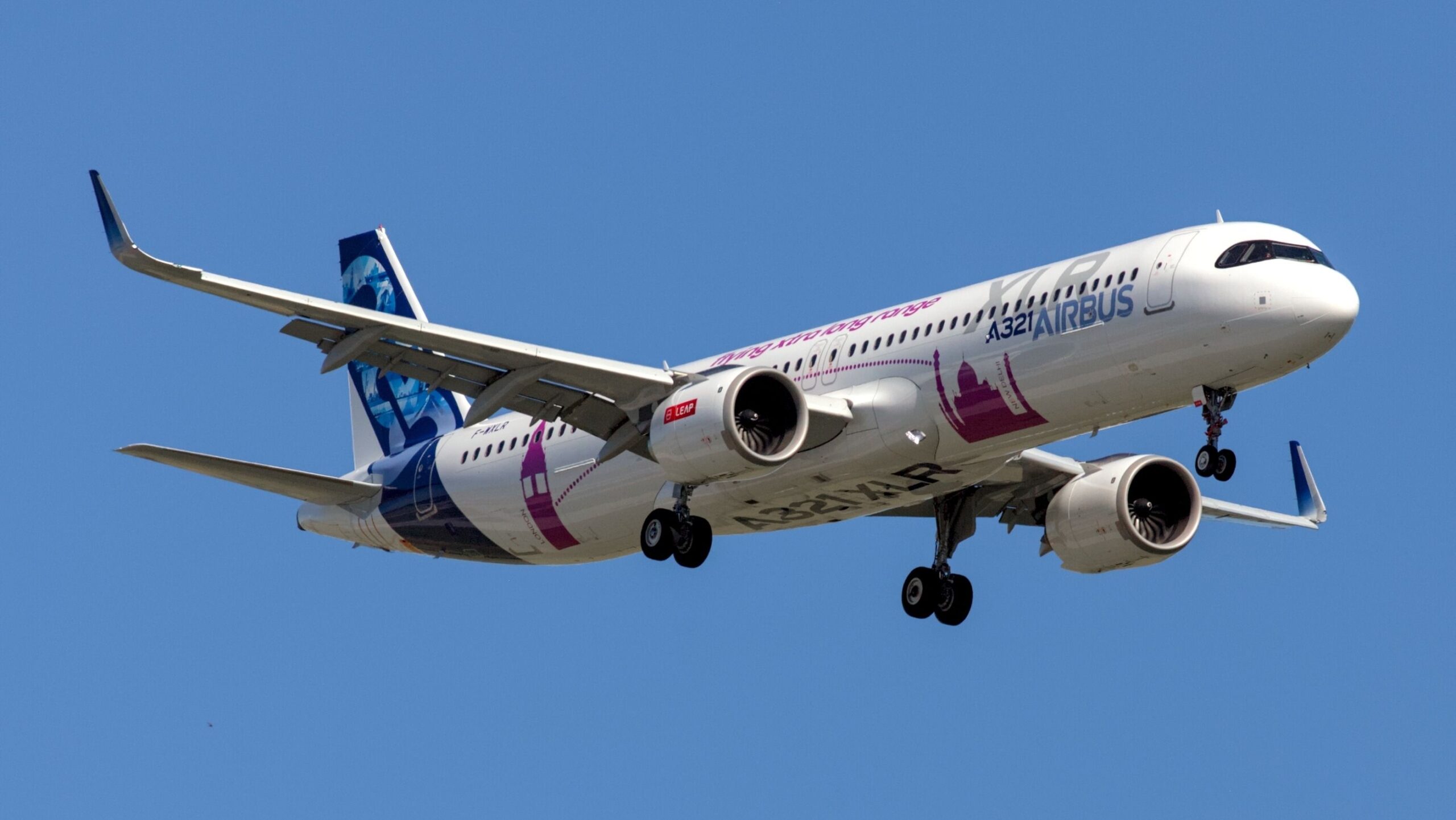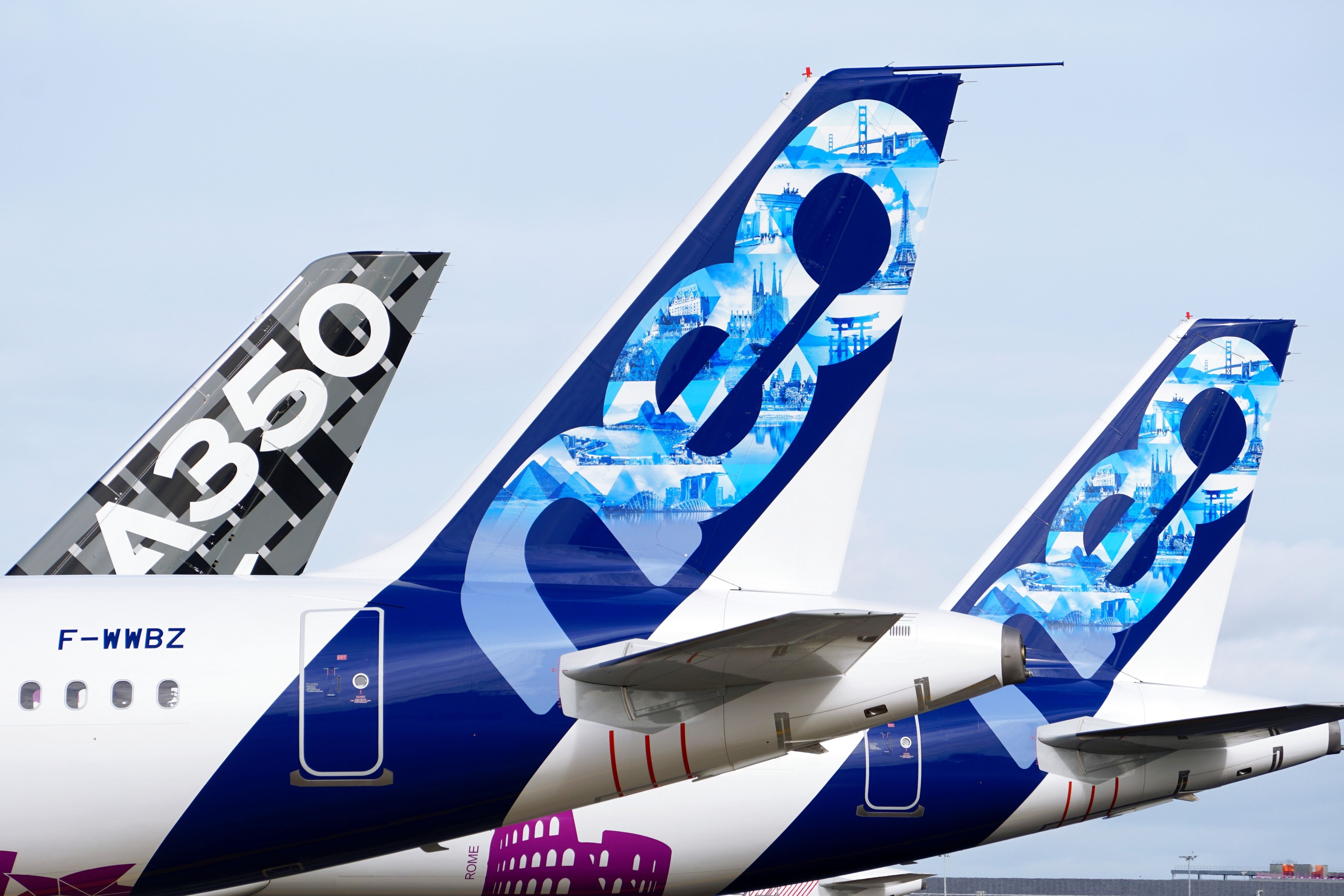Summary
- Airbus CEO Faury is optimistic but believes that the jury is out for CFM’s open-rotor engine tech.
- CFM’s RISE program aims to create new engine technologies like the open-rotor design for more efficient aircraft.
- While Airbus is more optimistic, Boeing, Pratt & Whitney, and Rolls-Royce are not as excited about the open-fan tech yet.
Aerospace companies are always looking for new technologies to make commercial aviation more sustainable and cost-effective. Among the things being tested currently is CFM’s new open-rotor tech, which is expected to be more fuel-efficient and deliver better economics. While there’s some optimism around it, it seems that leaders of aircraft manufacturers need more evidence to be fully convinced.
Airbus CEO on open-rotor tech
Speaking on the sidelines of the Global Aerospace Summit hosted by the US Chamber of Commerce, Airbus
Chief Executive Guillaume Faury gave his opinion on the new open-fan concept being tested by CFM.
While he was hopeful that the technology would benefit future aircraft programs and that it looked promising as far as emissions reductions were concerned, he still needs more evidence to believe in its commercial potential.
Photo: Coby Wayne | Shutterstock
According to a report by Reuters, Faury spoke with reporters at the Global Aerospace Summit and said that the “jury is out” on whether the new open-rotor technology will be viable commercially.
CFM International, co-owned by GE Aerospace and France’s Safran, is testing the new tech. The engine maker is highly sought after by plane manufacturers as it currently supplies its latest LEAP engines for Airbus and Boeing narrowbody airplanes.
Building a more efficient engine
In 2021, CFM
launched the RISE program (short for revolutionary innovation for sustainable engines) with the aim of developing new engine technologies to power future-generation aircraft towards the end of this decade.
One of the ideas coming out of this program is that of an open-rotor engine. A unique design, it features a 14-foot diameter fan in the front, with non-rotating variable-pitch stators behind it.
The engine maker is developing this with the belief that the highest fuel efficiency involves propelling an enormous amount of air at the lowest exhaust velocity. However, any new technology that claims to depart from conventionally popular designs will need not just regulatory approval but also confidence from plane makers and airlines for it to be commercially viable.
Powering future aircraft
Plane makers are constantly looking for evolved technologies to either improve the efficiency of their existing aircraft or design new concepts for future generations. Both Airbus and Boeing are keen on new airplane concepts and are weighing their options when it comes to engine choices.
Photo: M101Studio | Shutterstock
Pratt & Whitney and Rolls-Royce have so far not shown any interest in the open-fan tech and seem to be working on engines with traditional engine housings or nacelles. Boeing, too, is reportedly not too excited about CFM’s current project in terms of its readiness for the near future. And while Airbus is a little more hopeful, its CEO is not ready to commit to an absolute vote of confidence.
Faury also said that it would be better if other engine makers also joined CFM to develop similar technology for a more competitive engine market. Reuters quotes him as saying,
“We will need from (CFM) a contract, an offer that works on the long term. If this is the case, we will be happy to go with them. If it’s not the case, we might be back to more traditional technologies, where two manufacturers compete with each other. I would say the jury’s out on how this is going to play out.”



